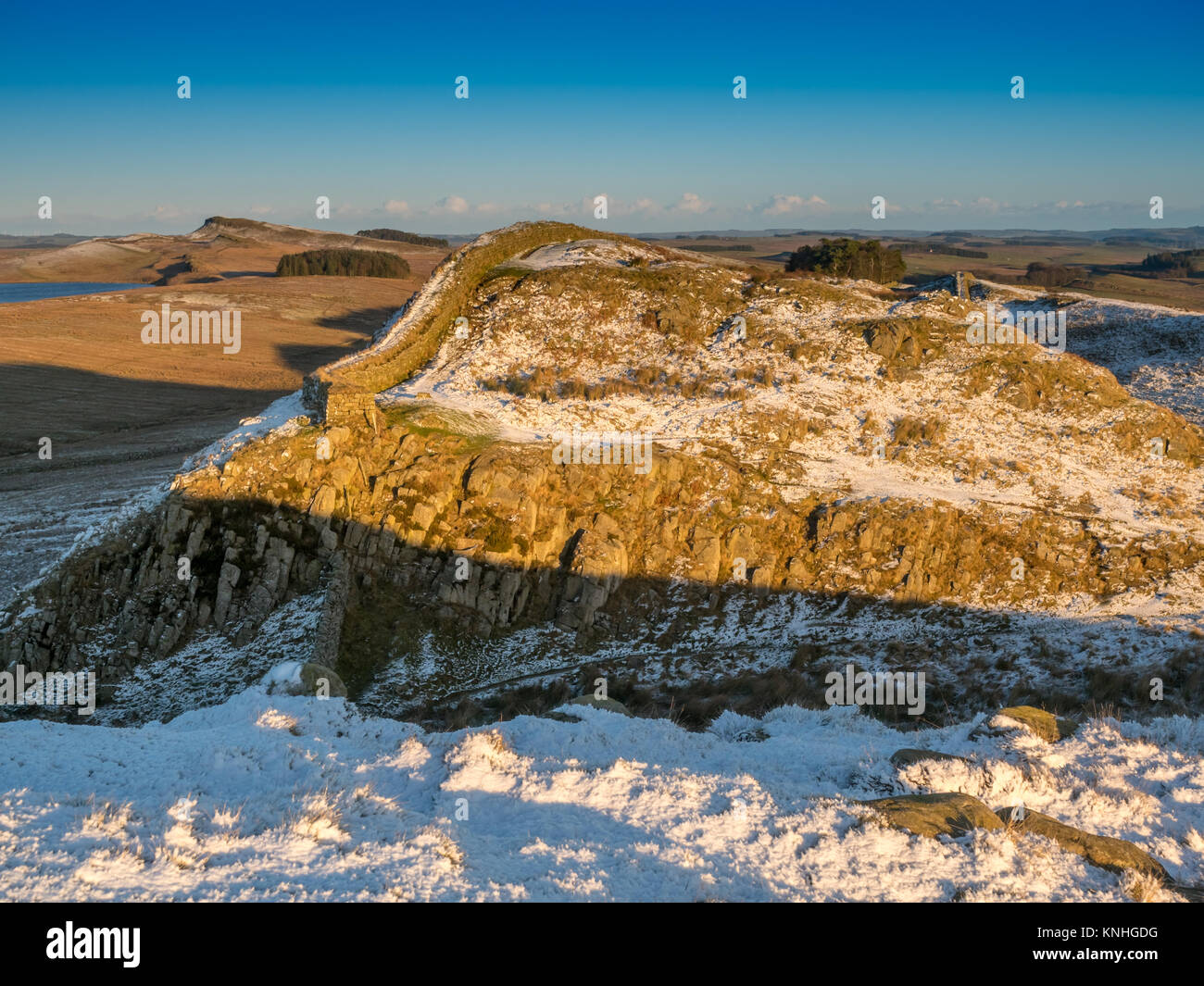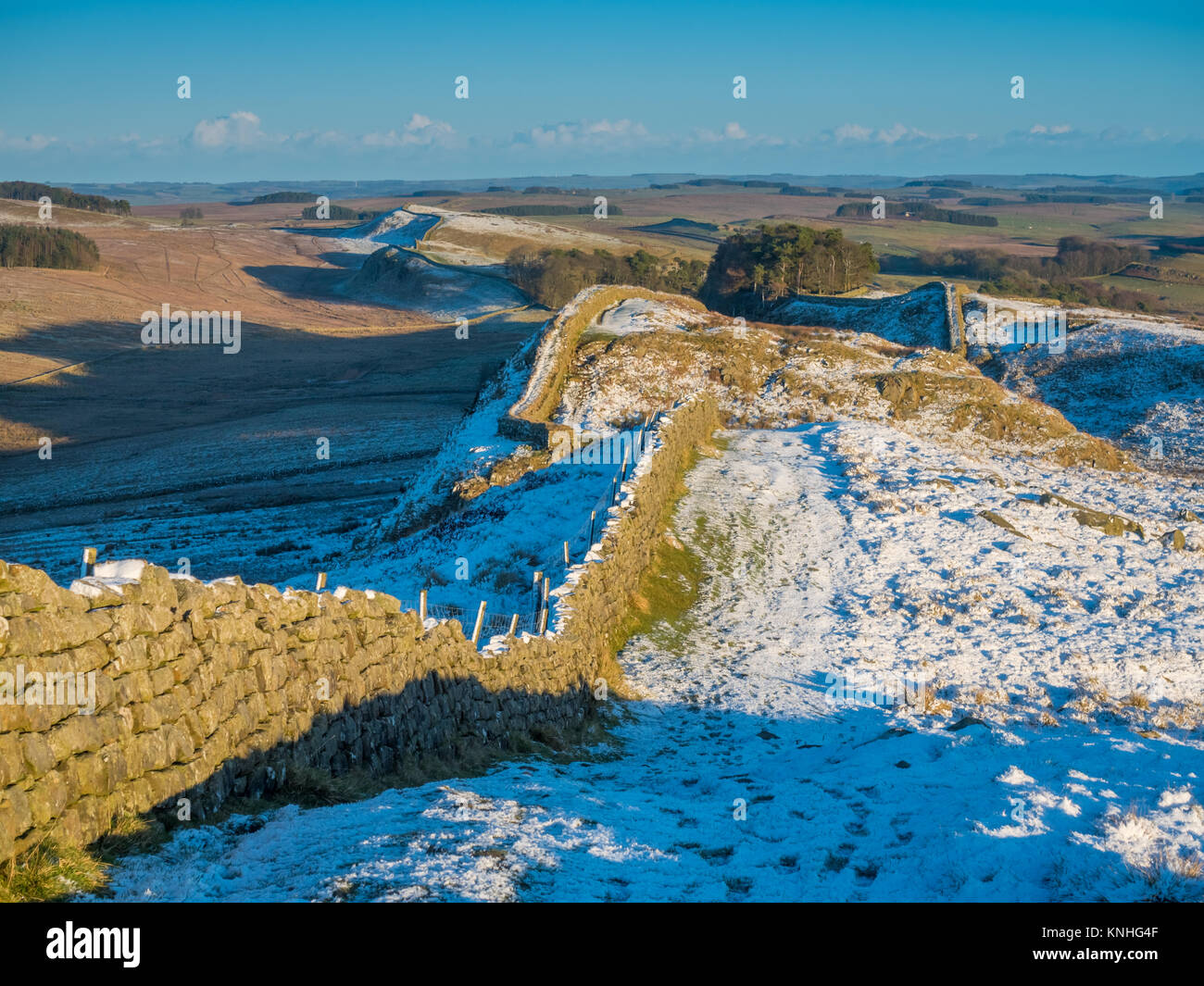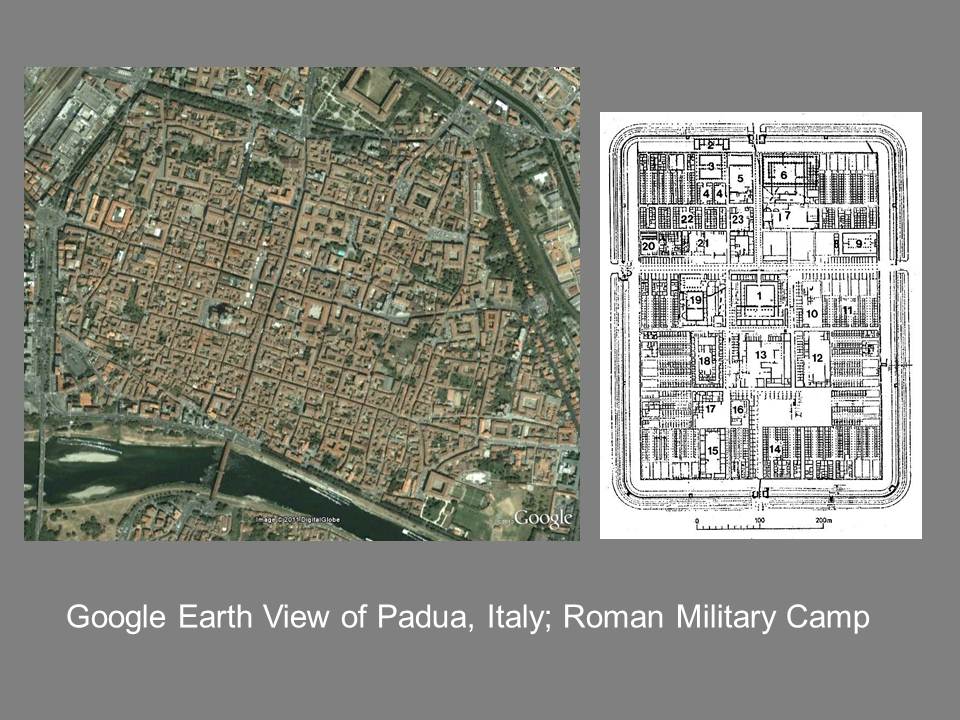

Hadrian visited almost every province of the empire during his reign and personally inspected and approved of the sites he wanted used for his projects. 117-138 CE) was among the most “hands-on” emperors in the history of the Roman Empire. Hadrian (born Publius Aelius Hadrianus, l. Hadrian’s Wall Gatephault (CC BY) Origin and Construction In the same way that Julius Caesar built his famous bridge across the Rhine in 55 BCE simply to show that he, and therefore Rome, could go anywhere and do anything, Hadrian perhaps had his wall constructed for precisely the same purpose. Hadrian’s foreign policy was consistently “peace through strength” and the wall would have been an impressive illustration of that principle. The suggestion that Hadrian’s Wall, then, was built to hold back or somehow control the people of the north does not seem as likely as that it was constructed as a show of force. Both of these engagements, as well as the uprising in the north in 119 CE (suppressed by the Roman governor and general Quintus Pompeius Falco), substantiated that the Romans were up to the task of managing the indigenous people of Britain. At the Battle of Mons Graupius, in the region which is now Scotland, the Roman General Gnaeus Julius Agricola won a decisive victory over the Caledonians under Calgacus in 83 CE.

The revolt of Boudicca of the Iceni in 60/61 CE resulted in the massacre of many Roman citizens and the destruction of major cities (among them, Londinium, modern London) and, according to the historian Tacitus (56-117 CE), fully demonstrated the barbaric ways of the Britons to the Roman mind.īoudicca’s forces were defeated at The Battle of Watling Street by General Gaius Suetonius Paulinus in 61 CE. Although Rome’s first contact with Britain was through Julius Caesar’s expeditions there in 55/54 BCE, Rome did not begin any systematic conquest until the year 43 CE under the Emperor Claudius (r. The Romans had been dealing with uprisings in Britain since their conquest of the region. This seems to be the best explanation for the underlying motive behind the construction of Hadrian’s Wall.

They were part of the ideology of empire. In both cases, in addition to any military function, the physical barriers served in the eyes of their builders to reinforce the conceptual divide between civilized and noncivilized. In the same way, the Chinese emperors built the Great Wall to separate China from the barbarous steppe peoples to the north. The biographer of Hadrian remarks that the emperor built the wall to separate the Romans from the barbarians. Regarding this, Professors Scarre and Fagan write,Īrchaeologists and historians have long debated whether Hadrian’s Wall was an effective military barrier…Whatever its military effectiveness, however, it was clearly a powerful symbol of Roman military might. The argument goes that, had the wall actually been built as a defensive barrier, it would have been constructed differently and at another location. The military effectiveness of the wall has been questioned by many scholars over the years owing to its length and the positioning of the fortifications along the route. The wall continued in use until it was abandoned in the early 5th century CE. While the wall did simply mark the northern boundary of the Roman Empire in Britain at the time, theories regarding the purpose of such a massive building project range from limiting immigration, to controlling smuggling, to keeping the indigenous people at bay north of the wall. Though the wall is commonly thought to have been built to mark the boundary line between Britain and Scotland, this is not so no one knows the actual motivation behind its construction but it does not delineate a boundary between two countries.

The wall ran from coast to coast at a length of 73 statute miles (120 km). Hadrian’s Wall (known in antiquity as the Vallum Hadriani or the Vallum Aelian) is a defensive frontier work in northern Britain which dates from 122 CE.


 0 kommentar(er)
0 kommentar(er)
